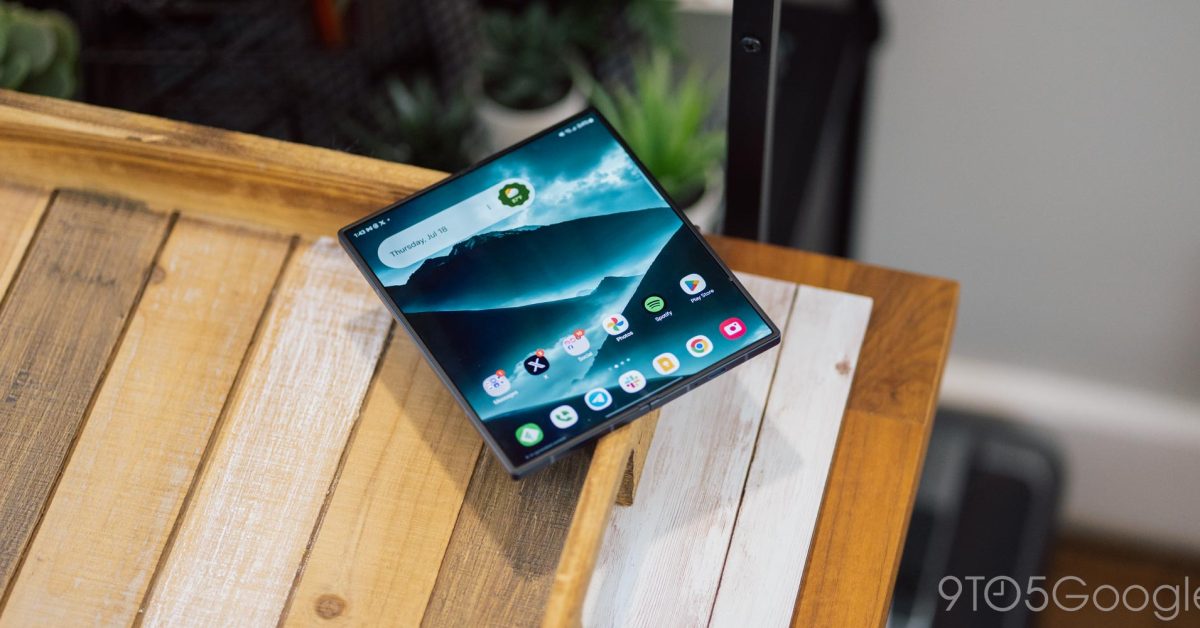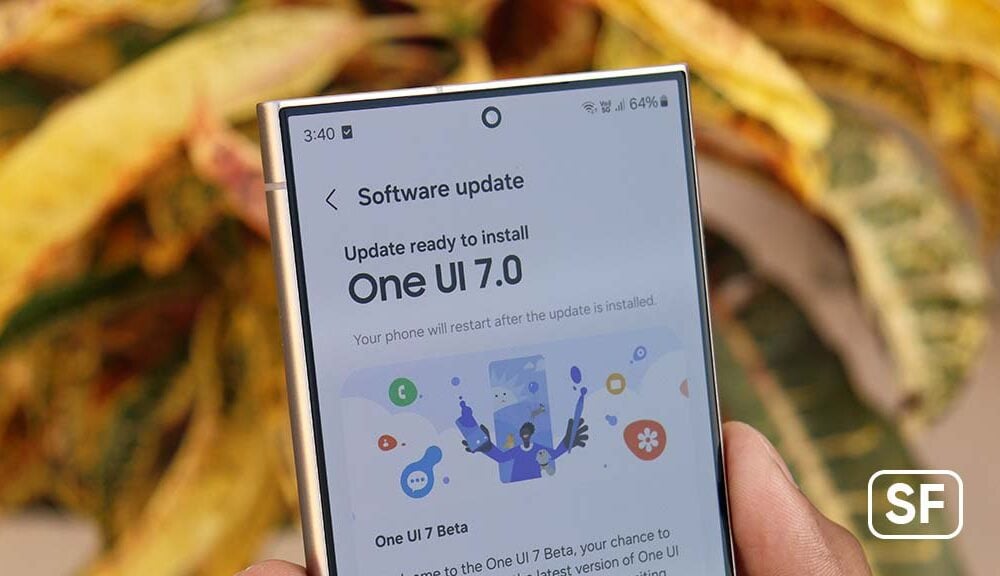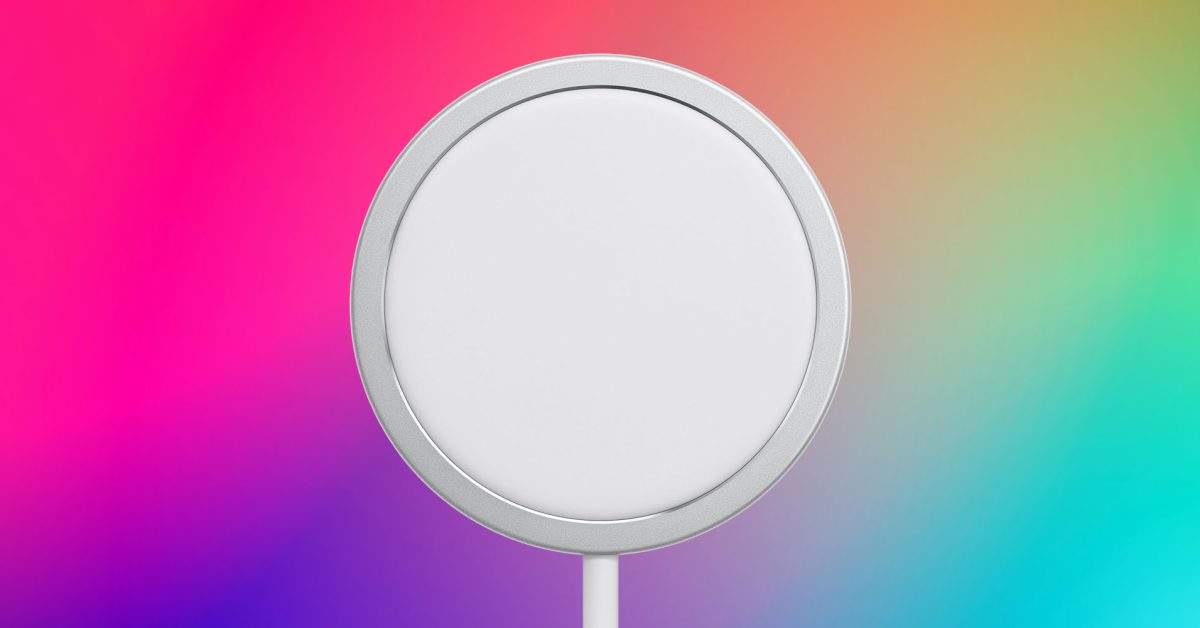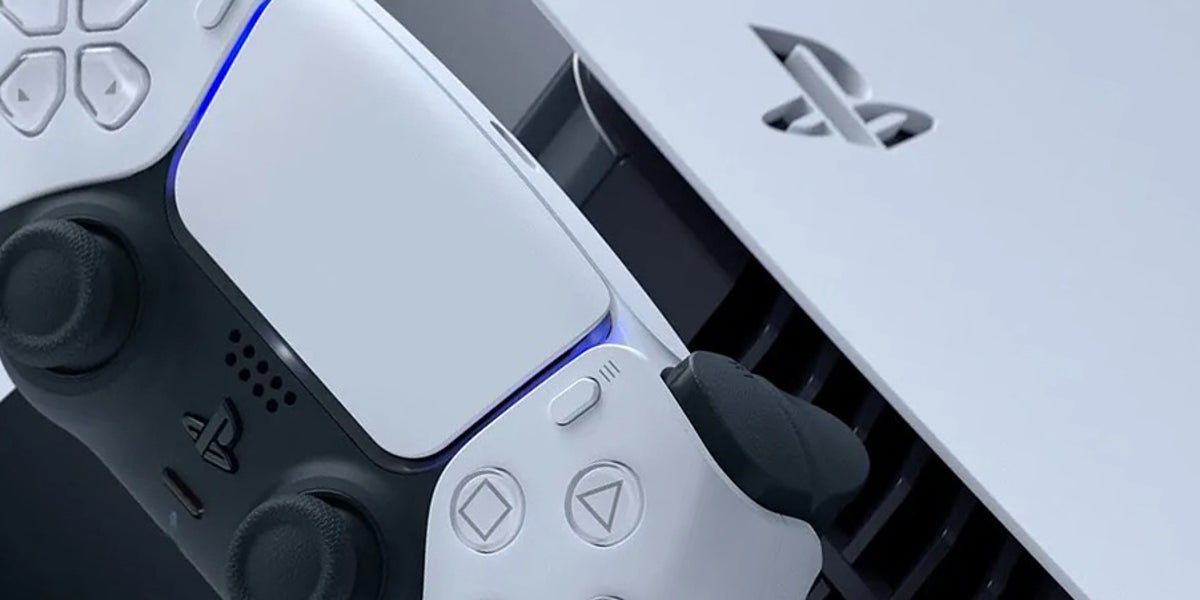Battery Woes: Samsung's Surprising Compromise in Galaxy Z Fold 7 and Flip 7 Design
Technology
2025-05-05 12:45:00Content

Samsung's upcoming Galaxy Z Fold 7 continues to spark controversy among tech enthusiasts, as new leaks reveal the company's persistent reluctance to significantly upgrade the device's battery capacity. Despite growing consumer demand for longer-lasting foldable smartphones, Samsung appears to be maintaining its conservative approach to battery design.
Recent insider information suggests that the Galaxy Z Fold 7 will likely retain a battery configuration similar to its predecessors, disappointing fans who had hoped for a substantial power boost. This decision comes at a time when competitors are pushing the boundaries of battery technology and smartphone endurance.
Tech experts and loyal Samsung followers are expressing frustration, arguing that the foldable phone's innovative design deserves an equally impressive battery performance. The leak has reignited discussions about the delicate balance between device thinness and battery capacity that Samsung continues to prioritize.
While the exact specifications remain unconfirmed, the rumors underscore Samsung's cautious strategy in the highly competitive foldable smartphone market. As anticipation builds for the official release, many are wondering whether the company will finally listen to consumer feedback or maintain its current battery design philosophy.
Samsung's Galaxy Z Fold 7: A Battery Capacity Conundrum Unveiled
In the ever-evolving landscape of smartphone innovation, Samsung continues to challenge industry expectations with its upcoming Galaxy Z Fold 7, sparking intense speculation and debate among tech enthusiasts and mobile device aficionados worldwide. The latest revelations surrounding the device's battery configuration have ignited a passionate discourse about technological trade-offs and consumer expectations in the premium foldable smartphone market.Revolutionary Design Meets Power Management Challenges
The Persistent Battery Capacity Dilemma
Samsung's engineering team faces a complex challenge in balancing device thinness, structural integrity, and battery performance for the Galaxy Z Fold 7. Despite mounting consumer demands for increased battery capacity, the manufacturer appears resolute in maintaining its current design philosophy. The intricate engineering required to integrate a larger battery without compromising the device's sleek form factor represents a significant technological hurdle that continues to perplex industry experts. The foldable smartphone segment demands unprecedented precision in battery design. Samsung's approach suggests a meticulous calculation between user experience, device durability, and technological constraints. Each millimeter of internal space becomes a critical battleground for component allocation, with battery capacity competing against advanced processors, sophisticated cooling systems, and intricate folding mechanisms.Technological Constraints and Design Philosophy
The Galaxy Z Fold series has consistently prioritized innovative form factor over traditional battery expectations. Samsung's engineers argue that raw battery capacity does not necessarily translate directly into superior user experience. Advanced power management algorithms, energy-efficient components, and intelligent software optimization can potentially mitigate the perceived limitations of battery size. Cutting-edge semiconductor technologies and refined lithium-ion chemistry enable modern smartphones to achieve remarkable energy efficiency. Samsung's research and development teams have historically demonstrated an ability to extract maximum performance from seemingly constrained battery configurations, challenging conventional wisdom about power requirements.Consumer Expectations and Market Dynamics
The smartphone market exhibits increasingly sophisticated consumer expectations. Users demand devices that seamlessly integrate performance, design, and battery longevity. Samsung's strategic decisions regarding the Galaxy Z Fold 7's battery capacity reflect a nuanced understanding of these complex market dynamics. Competitive analysis reveals that other manufacturers are similarly wrestling with battery design challenges in foldable devices. The technological frontier of smartphone engineering requires continuous innovation, balancing physical constraints with user experience expectations. Samsung's approach suggests a calculated risk management strategy that prioritizes overall device performance over singular specifications.Future Implications for Foldable Technology
The Galaxy Z Fold 7's battery configuration represents more than a mere technical specification—it symbolizes the broader trajectory of smartphone innovation. Each design decision signals potential technological directions for the entire mobile device ecosystem. Samsung's commitment to pushing boundaries while maintaining pragmatic engineering principles continues to position the company at the forefront of mobile technology development. Emerging technologies such as solid-state batteries, advanced energy storage materials, and quantum-level power management techniques promise transformative potential. The current battery capacity discussions surrounding the Galaxy Z Fold 7 serve as a microcosm of the larger technological evolution happening in the mobile device landscape.RELATED NEWS
Technology

Galaxy Unleashed: One UI 7 Drops with Game-Changing Features You Can't Miss
2025-03-28 15:40:03
Technology

Gemini Unleashed: Google's AI Revolution Comes Free to Every Android Device
2025-04-17 03:30:04
Technology

Lightning Farewell: EU Gives Apple Green Light for Portless iPhone Revolution
2025-03-19 11:29:57





